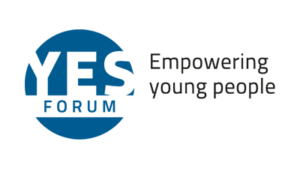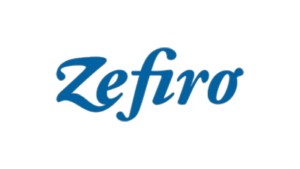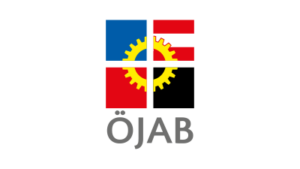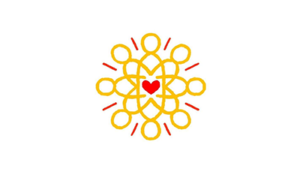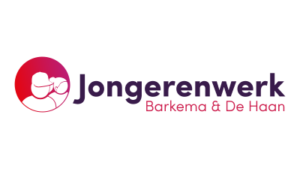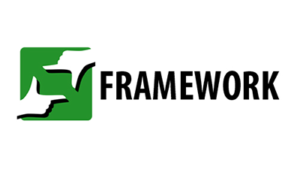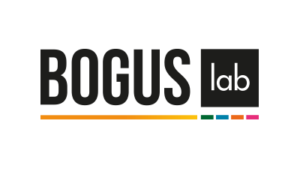Photovoice Method
What is Photovoice?
The VOICE Photo Exhibits were produced by young participants who became co-researchers through the use of the Photovoice method.
But what is it exactly? How does it work? Why is it a powerful tool not only in research, but also for the whole field of youth & social work across Europe?
Here are the answers!
Photovoice – Definition & Overview
Photovoice is a participatory research method combining a creative and accessible tool, photography, with a ready-to-use step-by-step process backed by robust theory.
Born in social sciences, Photovoice has spread to different areas thanks to its many benefits. It especially helps social workers involving local communities in exploring issues they experience in their daily life and raising their voice about them.
Photovoice is indeed an extremely powerful tool in youth & social work. Through the use of photography, it helps empowering participants regardless of their skills or expertise in:
Recording and reflecting upon their community's strengths and concerns
Promoting critical dialogue and knowledge about social issues
Advocating for their rights by better reaching policy makers through attractive, visual material
Compared to “traditional” self- and collective expression methods or other participative research methods, Photovoice is uniquely inclusive thanks to several characteristics. As a community-based, participatory, qualitative research method combining photography with grassroots social action, photovoice indeed relies on the following key features:
Visually Based
It uses photography as an accessible tool and rich visual support for the creation of collective meaning
Participatory
Its participants are not passively answering questions but actively co-constructing all aspects of a photovoice project, becoming “co-researchers”
Qualitative Research
It allows to collect data expressing individual & collective representations and perceptions of one’s reality, providing rich subjective material to co-interpret
Social Action
The resulting knowledge, impactful visual material and narratives is used to inform and impact policy-making towards positive social change
A Typical “Photovoice Path”
Photovoice
=
Photos
Voicing Our Individual and Collective Experience
While it makes for a perfect acronym, this very straightforward summary of photovoice remains extremely meaningful, begging the question: How does one concretely use photos to turn individual experiences into a collective message?
To do so, a typical “photovoice path” follows these few steps:
Preparing Participants to Photovoice
Research Question: Development & Discussion
Fieldwork – Taking Photographs
Selection Process
Dissemination / Photovoice Exhibition
What is it for? Main Purposes of Photovoice
As a method of reflection and reporting which facilitates the formulation of collective messages and gets them across by using photographs, photovoice has progressively been used in more and more diverse settings, going far beyond its original purpose as a participatory research method.
Its original features make photovoice especially adapted to the inclusion of marginalised groups in the public sphere: it is a way to give a voice to communities who, because political frameworks and policies do not offer them an adapted space to express themselves on issues of common interests, usually remain excluded from the political sphere.
Photovoice is therefore a perfect match for stakeholders pursuing the following objectives:
- Participatory qualitative research
- Consultation method
- Needs-assessment / Monitoring / Evaluation tool
- Advocacy tool
- Empowerment tool
Who is it for? Beneficiaries & Advantages
As a result, photovoice is a perfect match for stakeholders pursing any of the above-mentioned objectives and working towards the inclusion of marginalised communities into the public sphere. These encompass in particular:
- Researchers & Students in social sciences
- NGOs in youth & social work
- Activists raising awareness on specific issues (whether formally grouped as NGOs or informal groups)
- Practitioners in specific professional fields such as public health (e.g. clinicians aiming at providing adapted solutions to specific situations)
- Educators
- Policy-makers seeking direct, authentic input from thee citizens they serve
- Community members aiming at improving their community themselves
Advantages to participants themselves:
- Increased skills & knowledge on photography and its use for social change
- Improved critical thinking
- Increased collaborative/collective expression skills
- Increased knowledge of one’s own community
- Improved confidence in participants’ ability to engage in self-advocacy
Advantages to reach the researcher/facilitator’s goals:
- Adaptable method: photovoice is easily implementable in diverse settings and timeframes.
- Accessibility: photovoice has a low threshold to participate, as no skills are required at the start, not even in photography. Photography itself, through its visual essence, helps overcoming many obstacles to self-expression among participants.
- Suitable for any topic when verbal communication is less adapted: photovoice helps addressing taboo or emotional topics, or expressing opinions on abstract concepts and topics, as an “alternate way of knowing”.
- More relaxed, open bond: the method helps involving participants who would feel uncomfortable with or even wary of more formal settings.
- Engaging, Active, Fun: as it is more interactive and dynamic than traditional methods, photovoice improves participants’ engagement and motivation. Typically, nobody has a passion for writing policy recommendations … so using photography is a perfect alternative!
- Visual results: photovoice provides powerful material for communication, especially if advocacy is involved. Images have more influence than words, as they trigger more direct and emotional reactions.
- Empowers participants & reduces biases: as participants are put on an equal footing with the research/facilitator, photovoice reduces the usually problematic “power imbalance” which can especially result in biased results and lower engagement among participants.
- 22-25 May 2022, Viareggio, Italy
- 4-6 July 2022, Vienna, Austria
